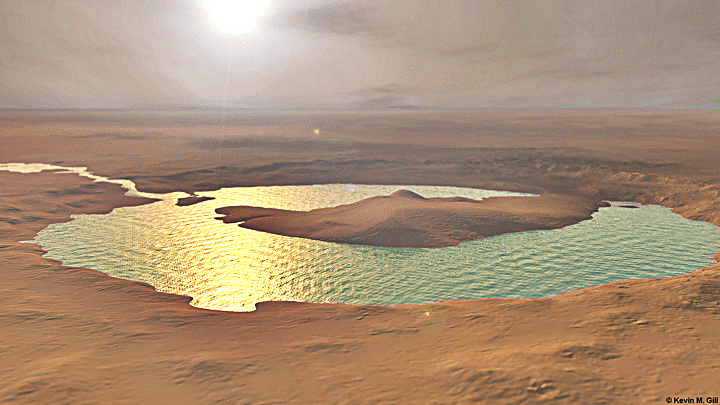Horrific
photos have emerged of a brutal slaughter of a pod of whales on a remote Arctic
island.
The animals
are routinely rounded up and butchered in cold blood over the course of a year
as part of ‘tradition’.
One of the
mass culls happens every summer, with thousands of pilot and beaked whales
meeting their maker in bays across the Danish-owned Faroe Islands.
Sickening
images show fishermen steering herds into the shallow waters, stained red by
the blood of slain animals which have come before them.
One whale
can be seen fighting for its life as three men drag it through the water.
Other
revellers use ropes to drag the whales’ bodies into the shore as punters watch
on the beach.
All in all,
this particular horror show lasted a total of an hour and a half, with 180
whales stripped of their lives.
The Faroese
have eaten pilot whale meat and blubber since they first settled in the islands
over a century ago. According to the official Faroe Islands tourist site, the
whale drive is a community activity open to all, well organised on a community
level and regulated by national laws.
Annual Whale
Hunt On Faroe Islands Turns Sea Red With Blood
Annual Whale
Hunt On Faroe Islands Turns Sea Red With Blood whale fbTriangle News
Horrific
photos have emerged of a brutal slaughter of a pod of whales on a remote Arctic
island.
The animals
are routinely rounded up and butchered in cold blood over the course of a year
as part of ‘tradition’.
One of the
mass culls happens every summer, with thousands of pilot and beaked whales
meeting their maker in bays across the Danish-owned Faroe Islands.
Sickening
images show fishermen steering herds into the shallow waters, stained red by
the blood of slain animals which have come before them.
One whale
can be seen fighting for its life as three men drag it through the water.
Other
revellers use ropes to drag the whales’ bodies into the shore as punters watch
on the beach.
All in all,
this particular horror show lasted a total of an hour and a half, with 180
whales stripped of their lives.
The Faroese
have eaten pilot whale meat and blubber since they first settled in the islands
over a century ago. According to the official Faroe Islands tourist site, the
whale drive is a community activity open to all, well organised on a community
level and regulated by national laws.
Records of
all pilot whale hunts have been kept since 1584. The practice, they believe, is
sustainable, as there are an estimated whopping 778,000 whales in the eastern
North Atlantic region.
On average,
100,000 swim close to the Faroe Islands, and the Faroese hunt on average 800
pilot whales each year.
The meat and
blubber from the hunt is distributed equally among those who’ve participated.
Those who are too ill or weak to take part are encouraged to sign up for their
share, even though they’ve not taken part.
Hunting and
killing methods have been ‘improved’, they say, to ensure as little harm to the
whales as possible. All hunters must now obtain a hunting license in order to
kill a whale.
Although
pilot whale meat and blubber contains protein, iron, carnitine and vitamins,
there are concerns the high levels of mercury and PCBs in the whales can have
negative health effects.
Ocean
pollution by heavy industries and industrialised agriculture has resulted in
the pollution of these animals.


Post A Comment:
0 comments: